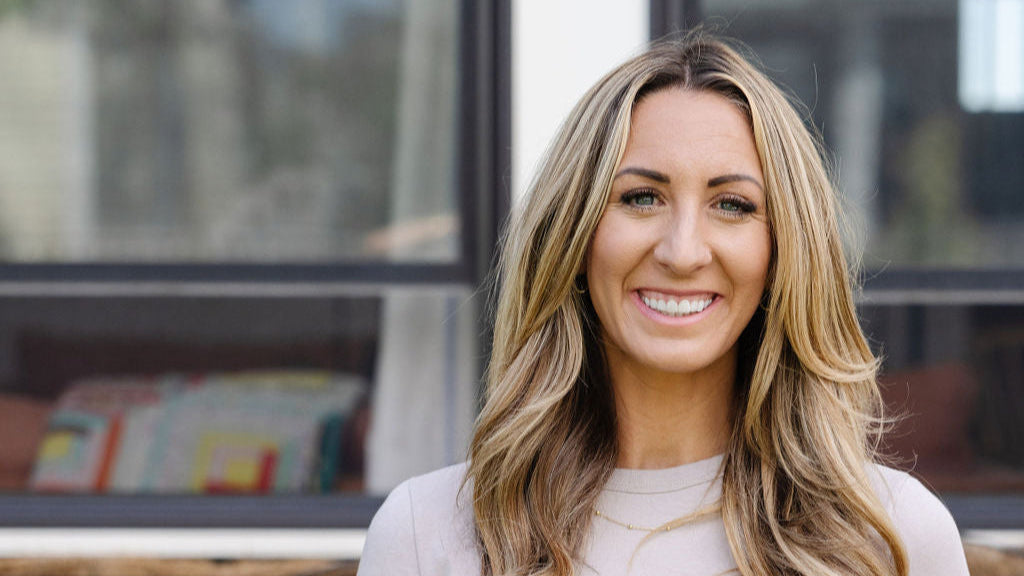
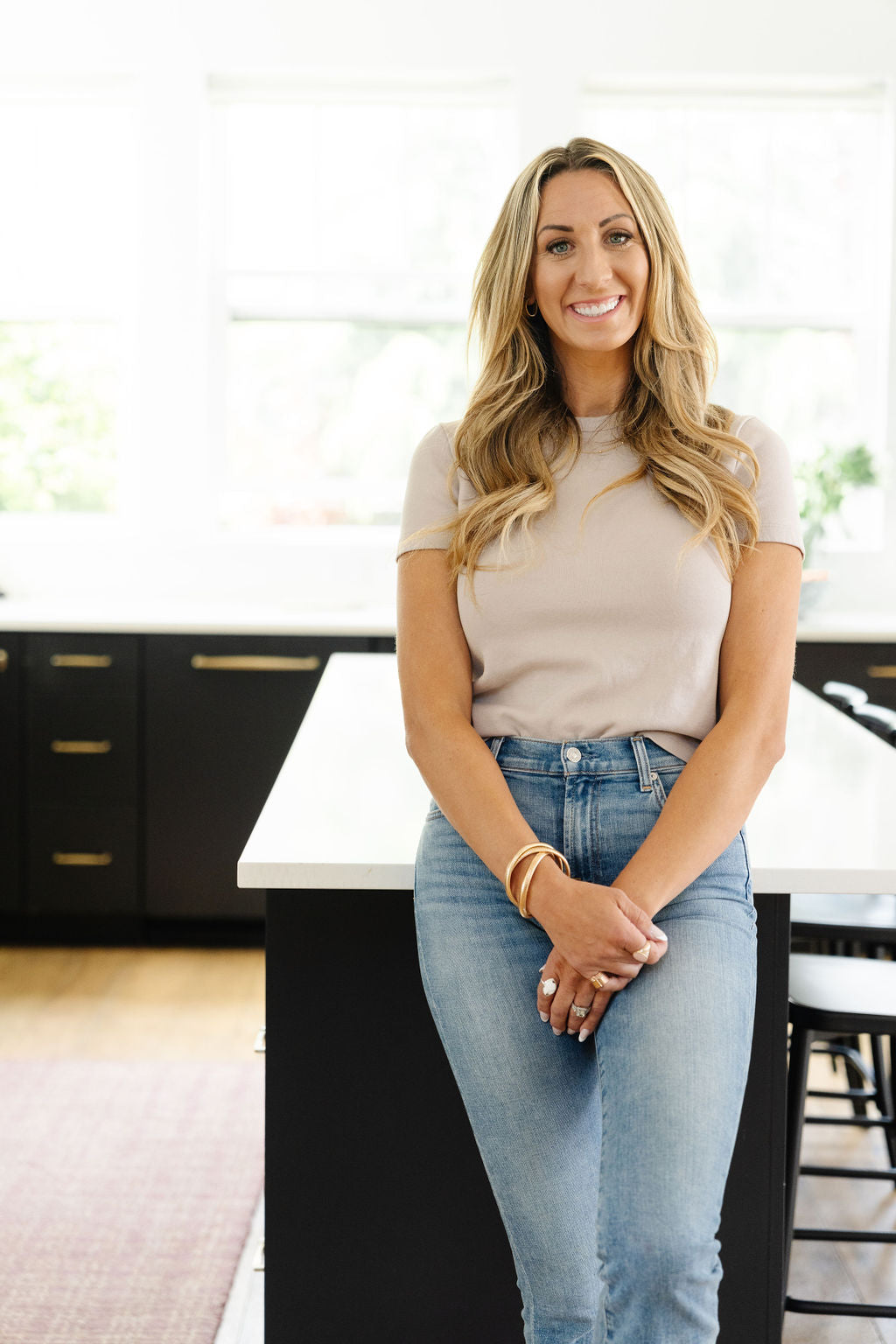
Celiac Awareness
My Celiac Story
My Celiac Story
My journey with celiac disease began after my third baby, Weslie, was born. I just couldn’t bounce back. It wasn’t the usual postpartum struggle—something deeper felt off. I had intense chest pains, daily headaches, and an overwhelming sense of something being wrong. Doctors told me it was anxiety, and while I’d never experienced anxiety before, I believed them. Still, deep down, I knew that wasn’t it.
When Weslie was around a year old, we stopped preventing pregnancy. What followed was four heartbreaking miscarriages. We’d never struggled to conceive before, so this was confusing and devastating. Around that same time, I started having nonstop stomach aches. My hair stopped growing, my energy plummeted, I had constant bloating and brain fog, and food hurt my stomach every time I ate. Yet, no one mentioned celiac disease.
After a year of frustration and misdiagnoses (IBS, stomach ulcers, more anxiety…), I finally met a gastroenterologist who actually listened. He ran a comprehensive blood panel—nine pages worth. In July 2014, I was diagnosed with celiac disease. That day, I went gluten-free cold turkey.
Everything started to change. My headaches disappeared, my stomach finally stopped hurting, and my body began to heal. But despite the progress, we still couldn’t get pregnant again. It wasn’t until November 2017 that I was also diagnosed with PCOS.
I dove into research and decided to try cutting out dairy, too. Detoxing from dairy was wild—my body changed so much for the better. And then, to our surprise, I got pregnant with our rainbow baby, Scottie. Shortly after Scottie was born, we got pregnant again and had Cove in 2020. Going gluten-free and dairy-free gave my body the chance to heal—and allowed me to carry two more babies. That still blows my mind.
But life wasn’t done with us yet.
In 2020, the same year Cove was born, our oldest daughter, Kolbie, was diagnosed with both Type 1 Diabetes and Celiac Disease. Looking back, I believe God was preparing me. I already knew how to manage gluten-free living, which made caring for Kolbie in that storm a little less overwhelming—especially with a newborn and a toddler in the house.
Kolbie’s diagnosis lit a fire in me. I wanted her—and your kids—to feel normal, to eat food that didn’t feel like a sacrifice. I started a meal plan subscription to help families with food allergies and diabetes feel less overwhelmed. That quickly turned into launching allergy-friendly seasonings I couldn’t find anywhere else.
Clean Monday Meals exists because of you—because of the messages, the love, the stories you’ve shared with me. This community has carried me through my hardest moments. I’m forever grateful.
Celiac Uncensored
Thursday, May 16th at 10am CST
Join us for 60-90 minutes of unfiltered Zoom conversation with celiac/gluten-free influencers. No filters. No fluff. Just real conversations with real people navigating celiac and gluten-free living in the spotlight. Each panelist brings lived experience, expert insights, and zero filter. You’ll walk away informed, validated, and not so alone in the mess of it all.
Sponsored by The Celiac App & Clean Monday Meals
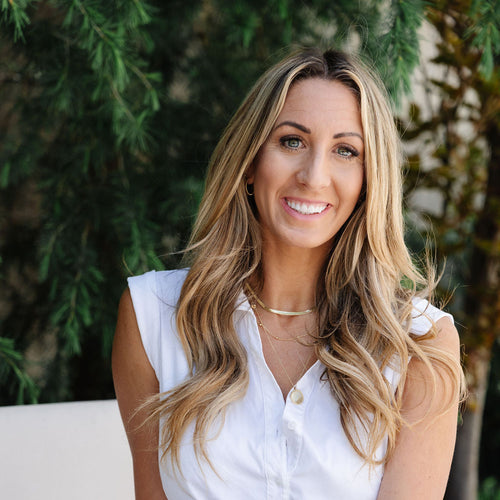
Janae Cox, Clean Monday Meals
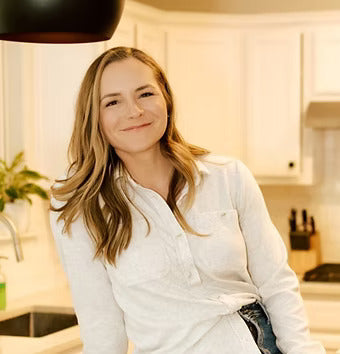
Erin Kenny, The Celiac Space
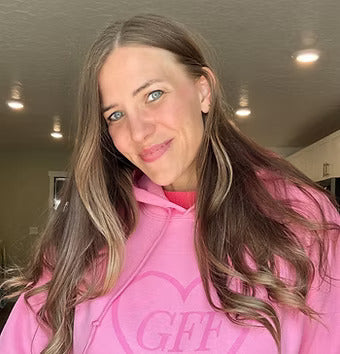
Lorin Smith, The Good Gluten-Free Grub

Gabby D' Angelo, No Gluten Gabby
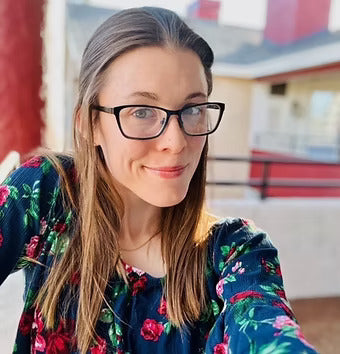
Casey Cromwell, The College Celiac

Lauren Murawski, Eat Gluten-Free with Me
Celiac Disease
What is it?
Symptoms
Diagnosis
Treatment
What is it?
Celiac disease is an autoimmune disorder where eating gluten (a protein found in wheat, barley, and rye) triggers an immune response that damages the small intestine.
Here’s what happens:
When someone with celiac eats gluten, their immune system attacks the villi, the tiny finger-like structures lining the small intestine that absorb nutrients.
Over time, this damage leads to malabsorption of nutrients and can cause a wide range of symptoms.
Symptoms
Stomach pain
Bloating
Gas
Chronic diarrhea or constipation
Fatigue
Brain fog
Skin rashes (like dermatitis herpetiformis)
Weight loss or poor weight gain
Nutrient deficiencies (like iron, calcium, or vitamin D)
Infertility
Mood changes
Joint pain
Some people have no digestive symptoms at all—just things like fatigue, depression, or low bone density. That’s why it can be hard to diagnose.
Diagnosis
1. Keep Eating Gluten (for now)
Don’t go gluten-free before testing! Removing gluten too early can cause inaccurate results.
2. Get a Blood Test
Ask your doctor for the celiac panel, which includes tests like:
tTG-IgA (most common and reliable)
Total IgA (to make sure your body makes enough IgA)
These look for antibodies your body produces in response to gluten. Blood work isn't always accurate and I would always recommend getting a scope.
3. Get a Biopsy
If blood tests suggest celiac, your doctor will likely refer you to a gastroenterologist for an upper endoscopy. They’ll take tiny samples (biopsies) of your small intestine to check for damage.
Treatment
1. Completely Avoid Gluten
Gluten is found in:
Wheat, barley, rye, and triticale
Most breads, pastas, cereals, baked goods
Many processed foods, sauces, soups, and even seasonings
Even tiny traces of gluten (like cross-contamination from a shared toaster or spoon) can trigger damage.
2. Heal the Gut
Once gluten is removed, the small intestine can start to heal. This can take months to years depending on age, severity, and how long the disease went undiagnosed.
3. Manage Nutrient Deficiencies
Because celiac affects absorption, many people are low in:
Iron
Vitamin D
Calcium
B12
Folate
